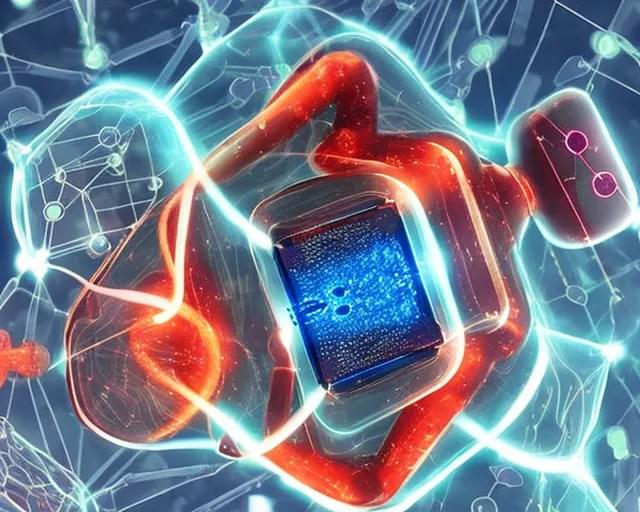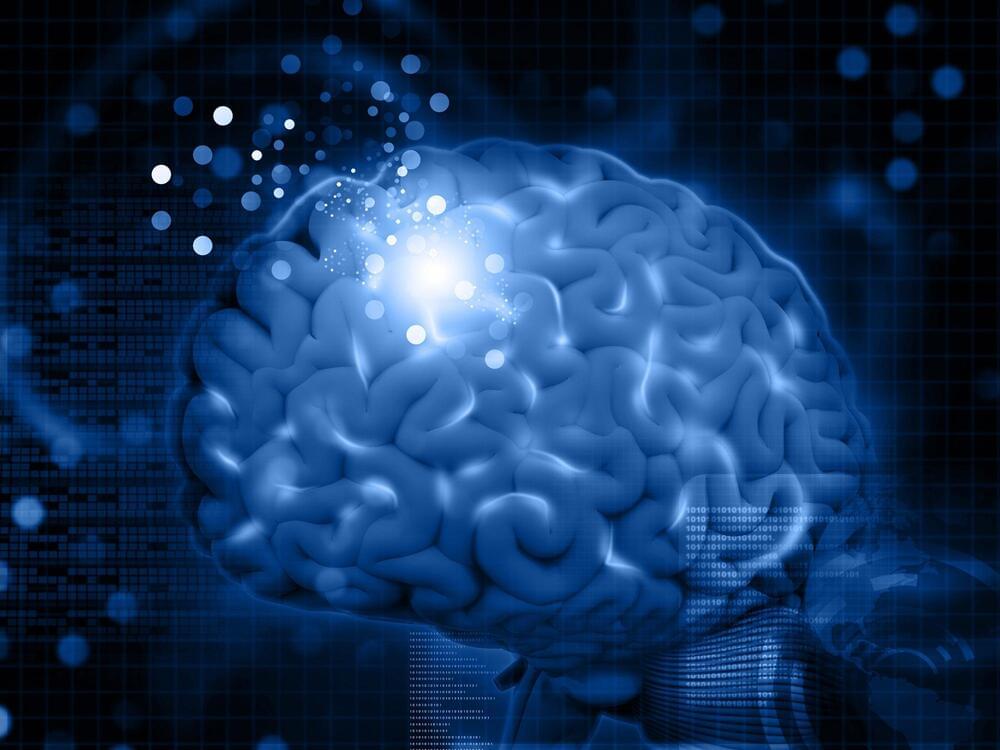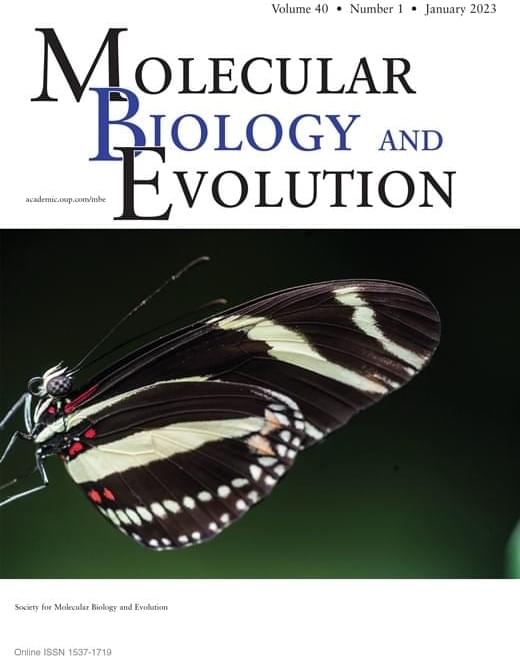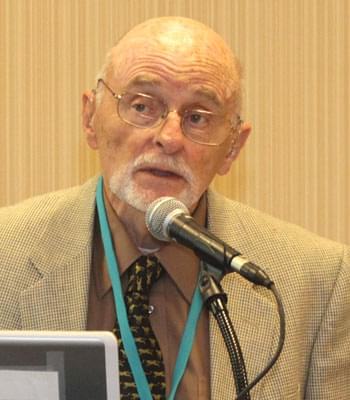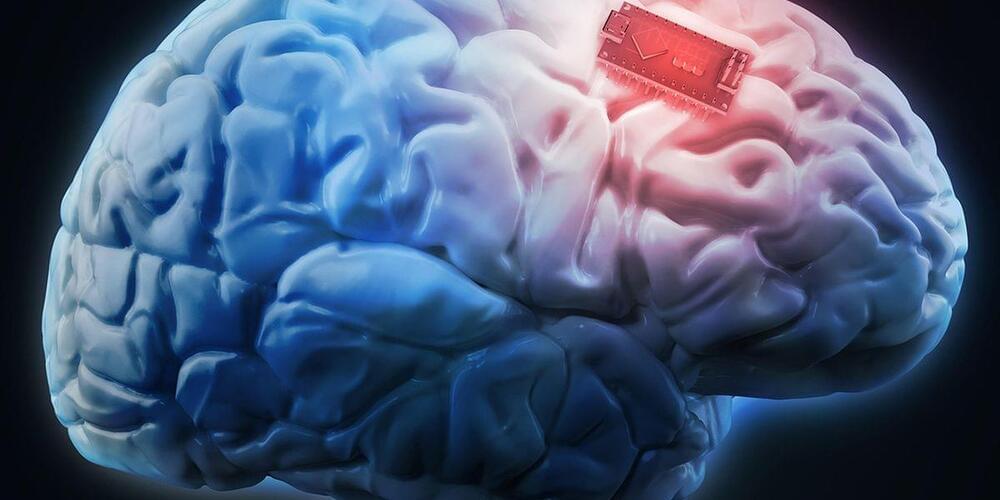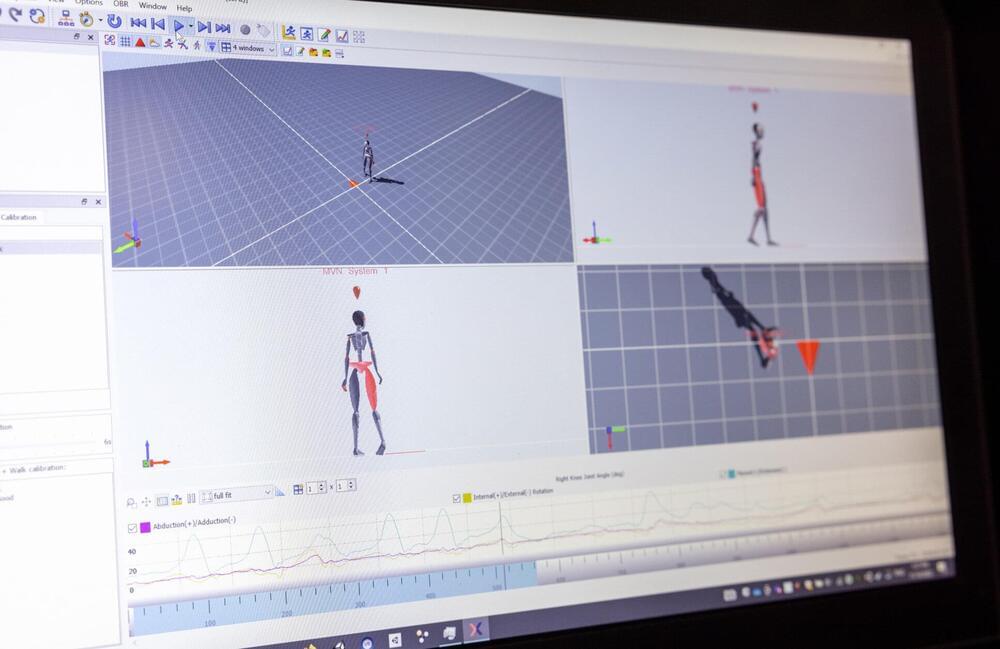https://youtube.com/watch?v=3AQPgchedUw&feature=share
This video explores aliens, mind uploading to other species (like in Avatar), genetic engineering, and future robots. Watch this next video about digital immortality: https://youtu.be/sZdWN9pbbew.
► Support This Channel: https://www.patreon.com/futurebusinesstech.
► Udacity: Up To 75% Off All Courses (Biggest Discount Ever): https://bit.ly/3j9pIRZ
► Brilliant: Learn Science And Math Interactively (20% Off): https://bit.ly/3HAznLL
► Jasper AI: Write 5x Faster With Artificial Intelligence: https://bit.ly/3MIPSYp.
SOURCES:
• https://en.wikipedia.org/wiki/Eagle_eye#:~:text=Eagles%20hav…0developed, see%20from%205%20feet%20away.
• https://vcahospitals.com/know-your-pet/how-dogs-use-smell-to…has%20been, 10%2C000%20times%20better%20than%20people.
• https://www.scientificamerican.com/article/small-animals-liv…ion-world/
• https://en.wikipedia.org/wiki/Human_cloning.
Official Discord Server: https://discord.gg/R8cYEWpCzK
💡 Future Business Tech explores the future of technology and the world.
Examples of topics I cover include:
• Artificial Intelligence & Robotics.
• Virtual and Augmented Reality.
• Brain-Computer Interfaces.
• Transhumanism.
• Genetic Engineering.
SUBSCRIBE: https://bit.ly/3geLDGO
